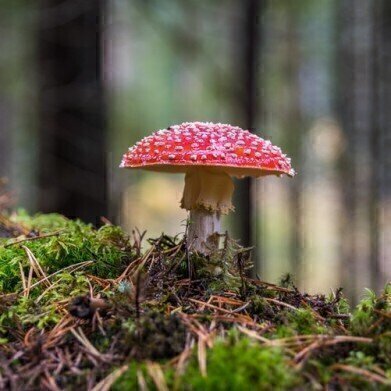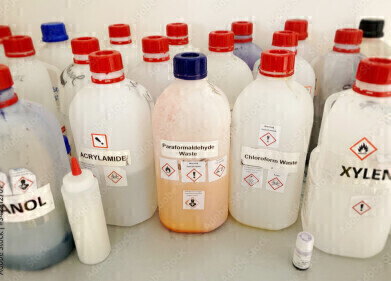Supercritical fluid (SFC), Green Chromatography
Are Wild Mushrooms Safe? - Chromatography Investigates
Feb 29 2020
Most of the mushrooms we eat are grown on commercial mushroom farms. These are generally considered safe as they have been grown in a controlled environment - and it is these mushrooms we buy in our supermarkets. But there are only a few species of mushrooms that are found on supermarket shelfs. There are an estimated 15,000 types of wild fungi in the UK alone, which leaves an awful lot of potentially amazing food yet to be fully discovered.
Picking and eating wild mushrooms has been happening for millennia. A free nutritious food that can be harvested simply without expensive commercial equipment, mushrooms are the fruiting spore bearing body of a fungus. The underside of the cap contains gills that allow the mushroom to spread its spores. But while foraging for fungi is a great way to discover new tastes, be careful what you eat. Because some mushrooms can be killers.
Lots of fungi to be had
With almost 15,000 types to choose from, the range of mushrooms you can find on your plate is staggering. But not all mushrooms will give you a feeling of contentment when you eat them. The vast majority of fungi are not thought to be poisonous, around 30 mushrooms are known to be consistently fatal to humans and more have been known to cause occasional deaths.
Some of the most poisonous mushrooms in the UK have names such as funeral bell, destroying angel and death cap - surely a warning to steer clear. But you have to know what you are looking for. Sometimes the nasty and delicious ones look similar and even grow side by side on the ground or on some rotten tree trunk. The key advice is to know what you are picking - either go on a course or get a good guide to help you discover the joys of wild foraging.
Chromatography gets the measure of the toxins
There are many different toxins to be found in mushrooms. Orellanine and amatoxins are two groups of toxins found in mushrooms. These can have effects from loss of coordination to death. Orellanine is found in several mushroom types and causes kidney damage that can lead to kidney failure and death. Amatoxins are responsible for around 90% of mushroom deaths worldwide.
One of the key methods researchers use to investigate the toxicity of mushrooms is chromatography where its power at separating compounds comes to the fore. Liquid chromatography methods have been developed to analyse renal samples for orellanine poisoning. The use of chromatography to analyse samples for plant toxins and compounds is discussed in the article, The SFC Isolation and Purification of Cannabinoids using Application Specific Stationary Phases Under Optimised Conditions.
Digital Edition
Chromatography Today - Buyers' Guide 2022
October 2023
In This Edition Modern & Practical Applications - Accelerating ADC Development with Mass Spectrometry - Implementing High-Resolution Ion Mobility into Peptide Mapping Workflows Chromatogr...
View all digital editions
Events
Nov 12 2024 Tel Aviv, Israel
Nov 18 2024 Shanghai, China
Nov 18 2024 Plainsboro, NJ, USA
Nov 20 2024 Karachi, Pakistan
Feb 03 2025 Dubai, UAE














